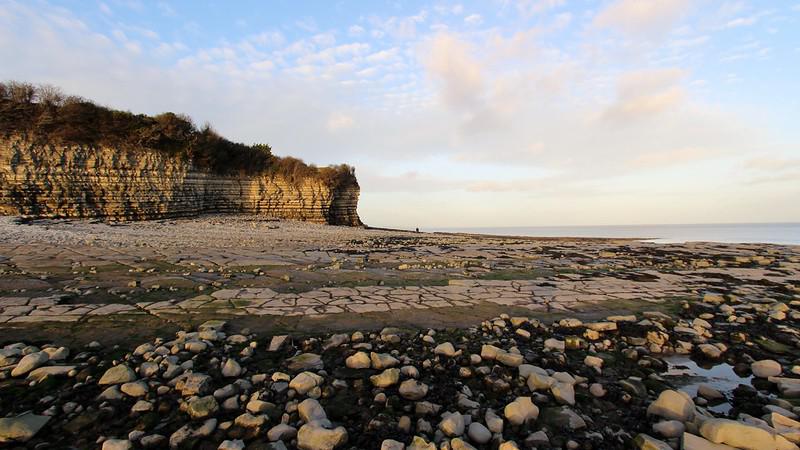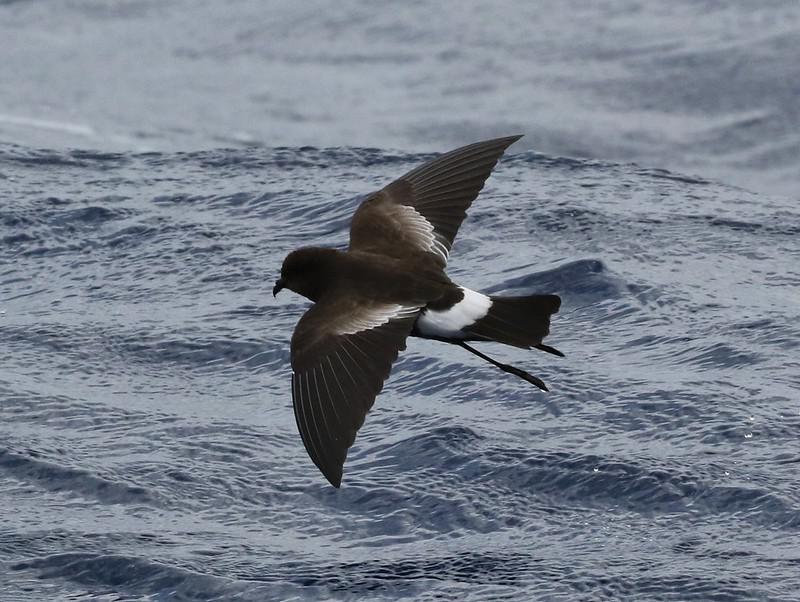Historic Significance
Lavernock Point may not be a destination many people have heard about, however it has a special place in the history of communication. The point was where the very first wireless signals were transmitted and received over the open ocean, thanks to Guglielmo Marconi and George Kemp in 1987. The headland at Lavernock Point is also the site of a large gun battery that played an important role in WWII and the cliffs are an excellent place to find ancient fossils. The area is therefore great for anyone interested in history, but there is plenty to experience for outdoor enthusiasts and wildlife watchers too.

Lavernock Point overlooks the boundary line between the Bristol Channel and the Severn Estuary. The latter in particular has some of the most extensive areas of intertidal wildlife habitats in the UK, and it is recognised internationally for its importance to birdlife. The entire headland at Lavernock Point is maintained as a nature reserve and comprises picturesque sea views, rolling limestone grasslands and high sea cliffs. The area is ideal for walking and there is also a small island named Sully island just offshore, which is reachable on foot for several hours at low tide.
A True Bird of the Sea
One species you might be lucky enough to spot on a visit to Lavernock Point is the European Storm Petrel. These small, delicate-looking seabirds only weigh about 25 grams and are about the size of a swallow, so you may well need your binoculars for a good view. Storm Petrels spend most of their lives out at sea and get their name from sailors perceiving them to be associated with bad weather. They travel great distances over the open ocean, sometimes ranging more than 200km over the course of just a few days. Preferring to feed on small fish or squid, Storm Petrels catch their prey by skimming low over the water and grabbing it mid-flight with their beaks.

They only return to dry land in order to breed, which on the Welsh coast normally occurs between April and July. Generally, Storm Petrels choose to breed on remote, uninhabited islands, where they often construct nests among grassy cliffs. For this reason, they are very vulnerable to ground predators such as Stoats and widespread conservation efforts are in place to protect their nesting sites from these animals. Testament to their lives at sea, Storm Petrels are unable to physically walk on land, instead having to move around with an ungainly shuffle. Top tip for spotting Storm Petrels at Lavernock Point: visit after a late-summer storm, as these often blow the birds closer to shore.
Jurassic Limestone
Lavernock Point is made up of a range of habitat, predominately Jurassic limestone grasslands and scrub. In the spring and summer, these grasslands become awash with wildflowers and the meadows can make for a beautiful sight. More than 170 species of flowering plant have been recorded in the area, with some of the more interesting examples being the Spotted Orchid and the rare Adder’s Tongue Fern. The flowers are ideal for insect life and a variety of butterflies will be seen flitting from plant to plant. Keep an eye out for the elusive Purple Hairstreak Butterfly in particular.
Lavernock is also a well known site for observing migrating birds, both in spring and in autumn. Large flocks of birds often accumulate in the area in autumn, as the point is one of the last opportunities for them to rest before they continue on their journey south. Some species to watch out for are Redwing, Fieldfares and Swallows. If you’re lucky enough to visit Lavernock Point on a warm day, the coastal paths can be a great place to spot lizards. These animals will frequently be seen sunbathing in sheltered spots and can make for intriguing surprise encounters. Be sure to keep an eye on the ocean as well, however, as you might get chances to see seals and dolphins. Lavernock Point is therefore an excellent place for wildlife watching and can be fantastic for sea views.
